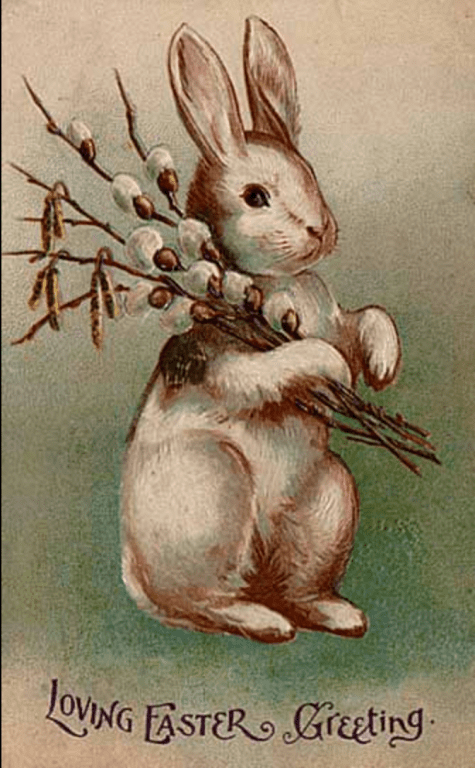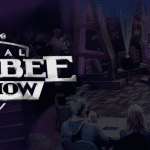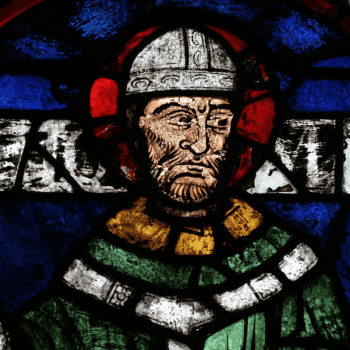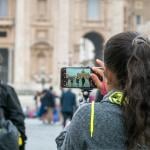The Easter Bunny first gained popularity in America in the early twentieth century. It was depicted as a colorful rabbit bringing Easter eggs and candy in a basket to small children. First called the Easter Hare, and made popular by German Lutherans, the bunny was supposed to judge whether or not children had been “good or bad.”
The bunny’s story came to America through a German immigrant tradition, similar to “Christkind,” the German precursor to what became America’s Santa Claus. According to German legend, the hare would bring colored eggs in a basket with candy and small toys. If children were good, they received a basket. Jelly beans, a smaller, sweeter version of eggs, were also used in Easter baskets. Children dying eggs and waking up to baskets full of chocolate, small gifts, or candy, was similar to opening gifts on Christmas morning.
The German custom of the Easter Hare was first mentioned in the 1682 book, De Ovic Paschalibus, by Georg Franck von Francenau. The hare bringing gifts coincided with the non-Christian celebration of the Spring Equinox marking the beginning of spring, or rebirth. On March 21st, pagans celebrated the Spring Goddess who ushered in the fresh flowers, sunshine, fertility, and cleansing rains. A small hare was a symbol of spring, which morphed into becoming part of the “Easter season.”

The Easter Bunny doesn’t lay eggs. But the tradition of bunnies bringing eggs also has roots in Poland. Often the bunny would be accompanied by beautifully colored eggs.
As a result of traditions passed down from one generation to another, both the Easter Hare and the colored eggs traveled to America, along with their storyteller.












